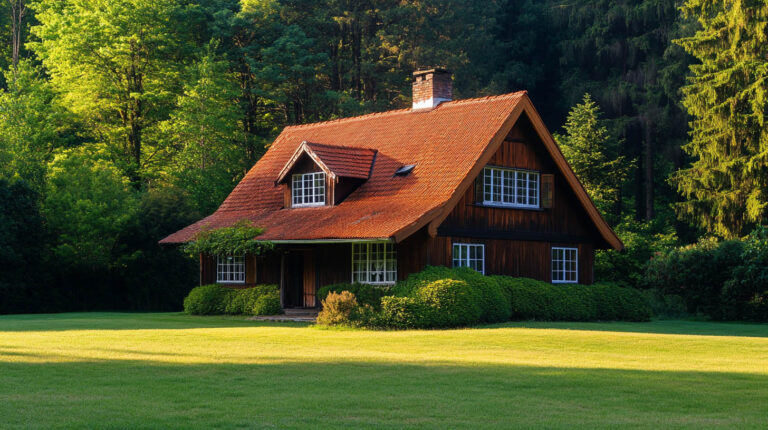
Blog
How Heat Blisters Can Damage Your Roof
Extreme heat can cause various forms of roof damage, but one of the most common issues is heat blistering. Blisters occur when trapped moisture or air within roofing materials expands under high temperatures, causing bubbles or raised areas on your roof. If not addressed, this can lead to significant deterioration of the roof’s structure.
At Avenue Roofing, we understand how Florida’s extreme heat can affect roofs, and we’re here to help you prevent damage.

What Causes Heat Blisters?
Heat blisters form when air or moisture becomes trapped between layers of roofing materials. As the temperature rises, this trapped air expands, pushing against the surface of the roof and causing the blister to form. Poor roof ventilation is one of the leading causes of blistering, as it prevents heat from escaping properly.
Inadequate insulation or improper installation can also contribute to heat blisters, especially in areas where the sun’s rays are strongest. These blisters weaken the roof’s surface, making it more susceptible to further damage from weather and physical wear.
How Heat Blisters Affect Roof Durability
Though they may seem like a minor cosmetic issue, heat blisters can significantly reduce your roof’s lifespan. Over time, the raised areas created by blisters become vulnerable to cracking, which can expose the underlying layers of the roof to moisture. This exposure leads to leaks, mold growth, and even structural damage if not repaired quickly.
Fact: Roof blisters can reduce the lifespan of shingles by up to 25%, especially if they are left untreated and exposed to ongoing extreme heat.
How to Prevent Roof Blisters
Preventing roof blisters starts with proper installation and maintenance. Ensure that your roof has adequate ventilation to allow heat to escape and avoid trapping moisture between layers. Working with professionals like Avenue Roofing ensures that your roof is built to withstand high temperatures and is ventilated properly for long-term durability.
Regular roof inspections are another key factor in preventing blistering. By identifying weak spots or damaged shingles early, you can avoid extensive blistering that may require costly repairs or even a full roof replacement.
Repairing Heat Blisters
If heat blisters have already formed on your roof, it’s essential to have them repaired as soon as possible. A professional roofer can assess the damage and determine whether the blisters can be patched or if the affected section of the roof needs to be replaced. Addressing these issues promptly will prevent them from spreading and causing further damage to your home.
FAQs
Are heat blisters dangerous for my roof?
Yes, heat blisters can lead to further deterioration if not addressed, including cracking, leaks, and even structural damage.
Can all roofs get heat blisters?
Any roof with poor ventilation or inadequate insulation is susceptible to heat blisters, but roofs in hot climates are particularly vulnerable.
How can I tell if my roof has heat blisters?
Look for raised, bubble-like areas on your shingles, especially after a prolonged heatwave. It’s best to have a professional assess the situation to ensure there is no underlying damage.
Conclusion
Heat blisters may start as a small issue, but if left unchecked, they can result in major roof damage. Ensuring proper ventilation and regular roof maintenance can help prevent blistering and prolong your roof’s lifespan. Contact Avenue Roofing for expert inspections and repairs to keep your roof in top condition, even in extreme heat.
To learn more about protecting your roof from fireworks with safety tips, click here.



